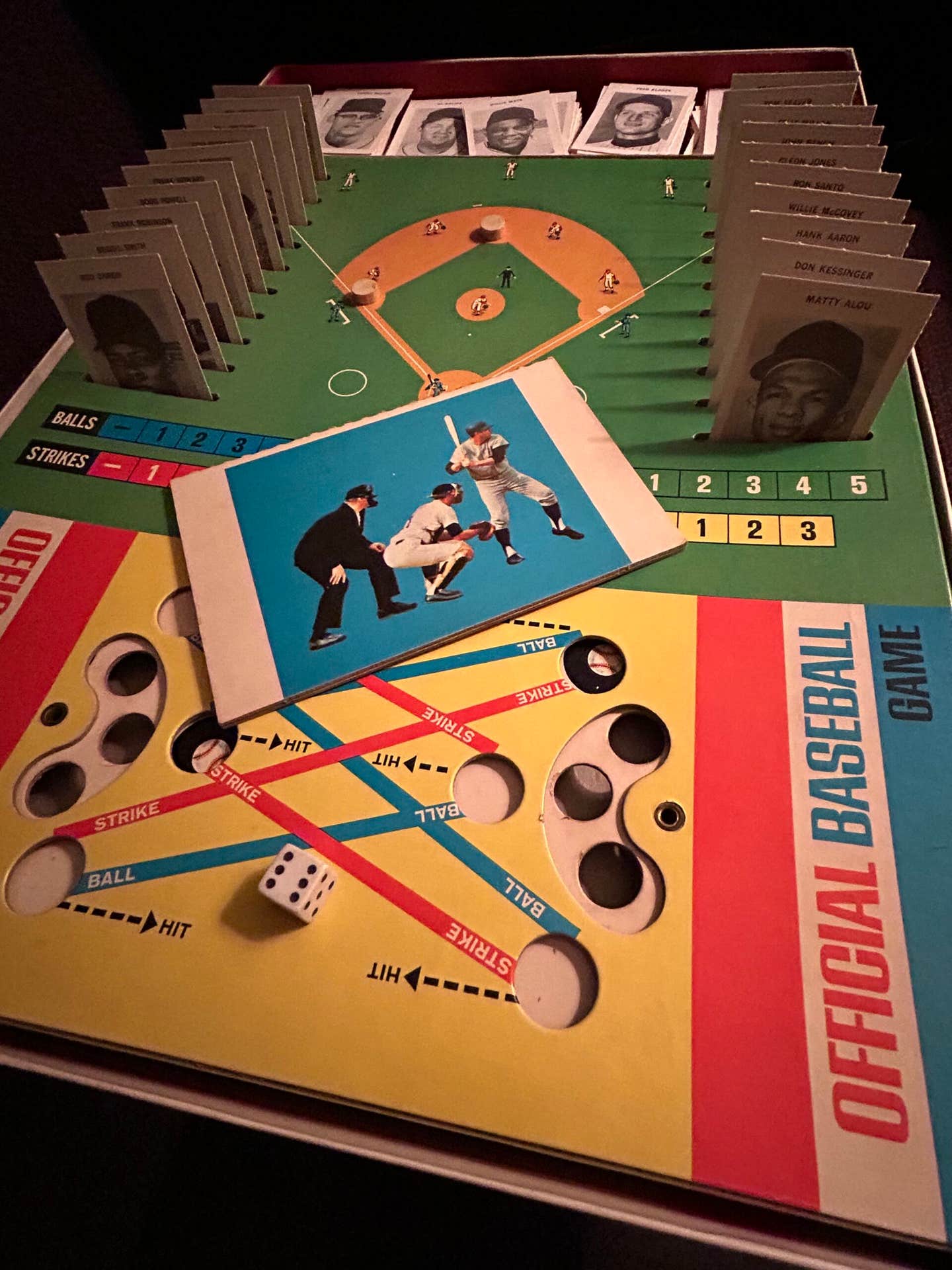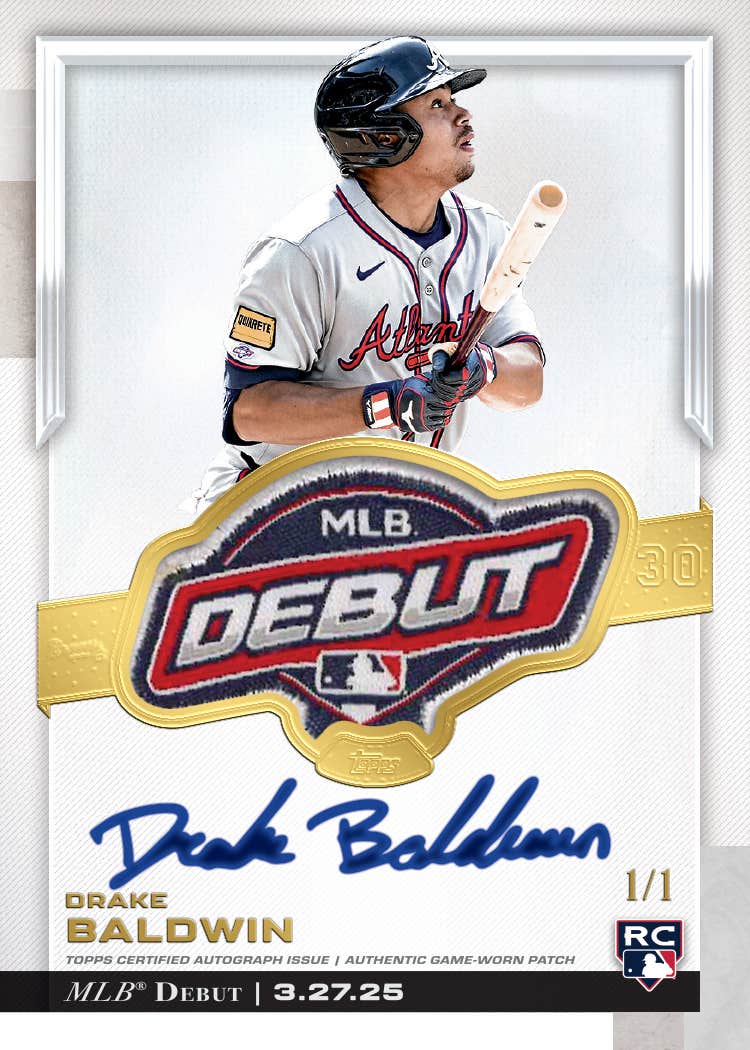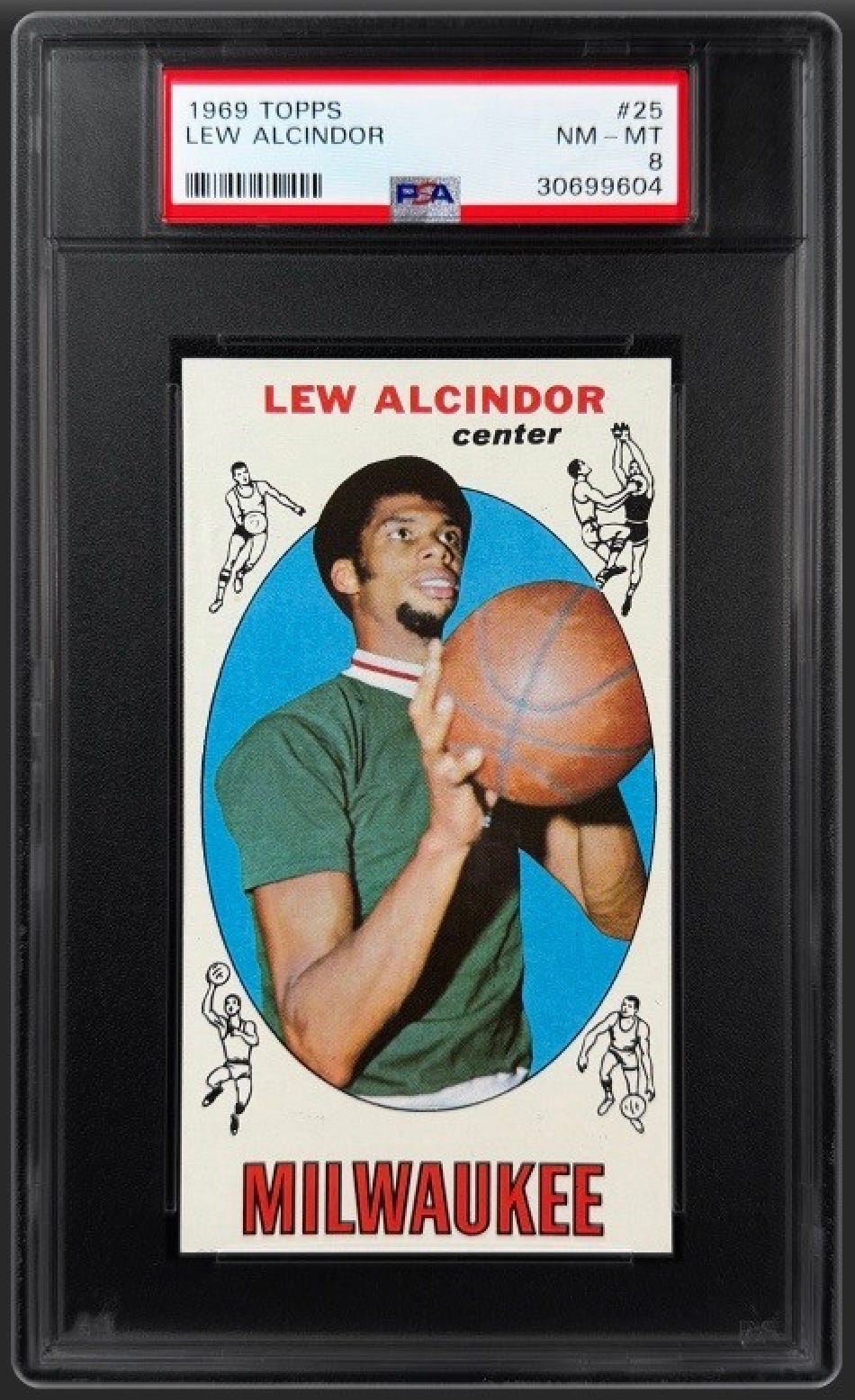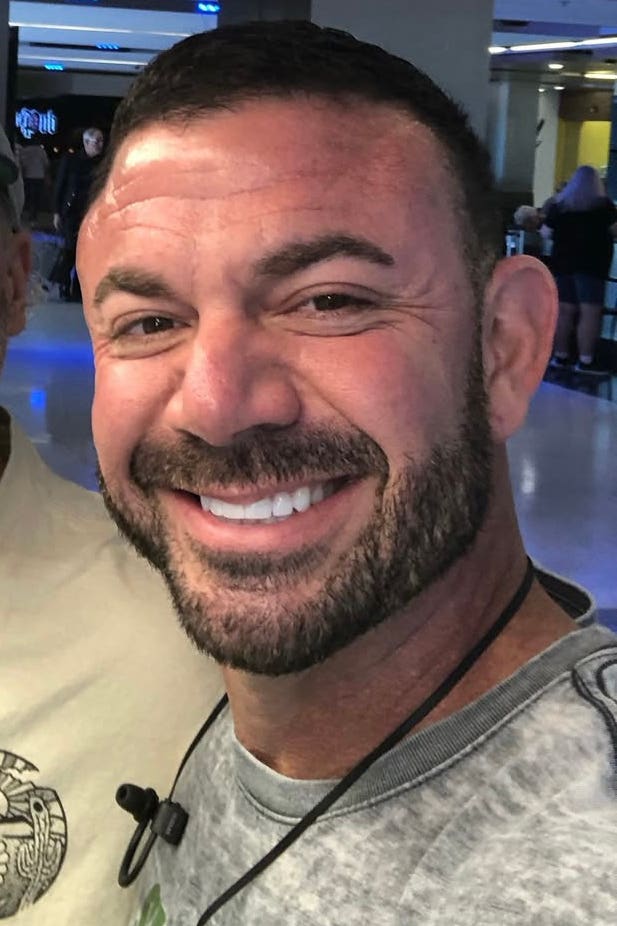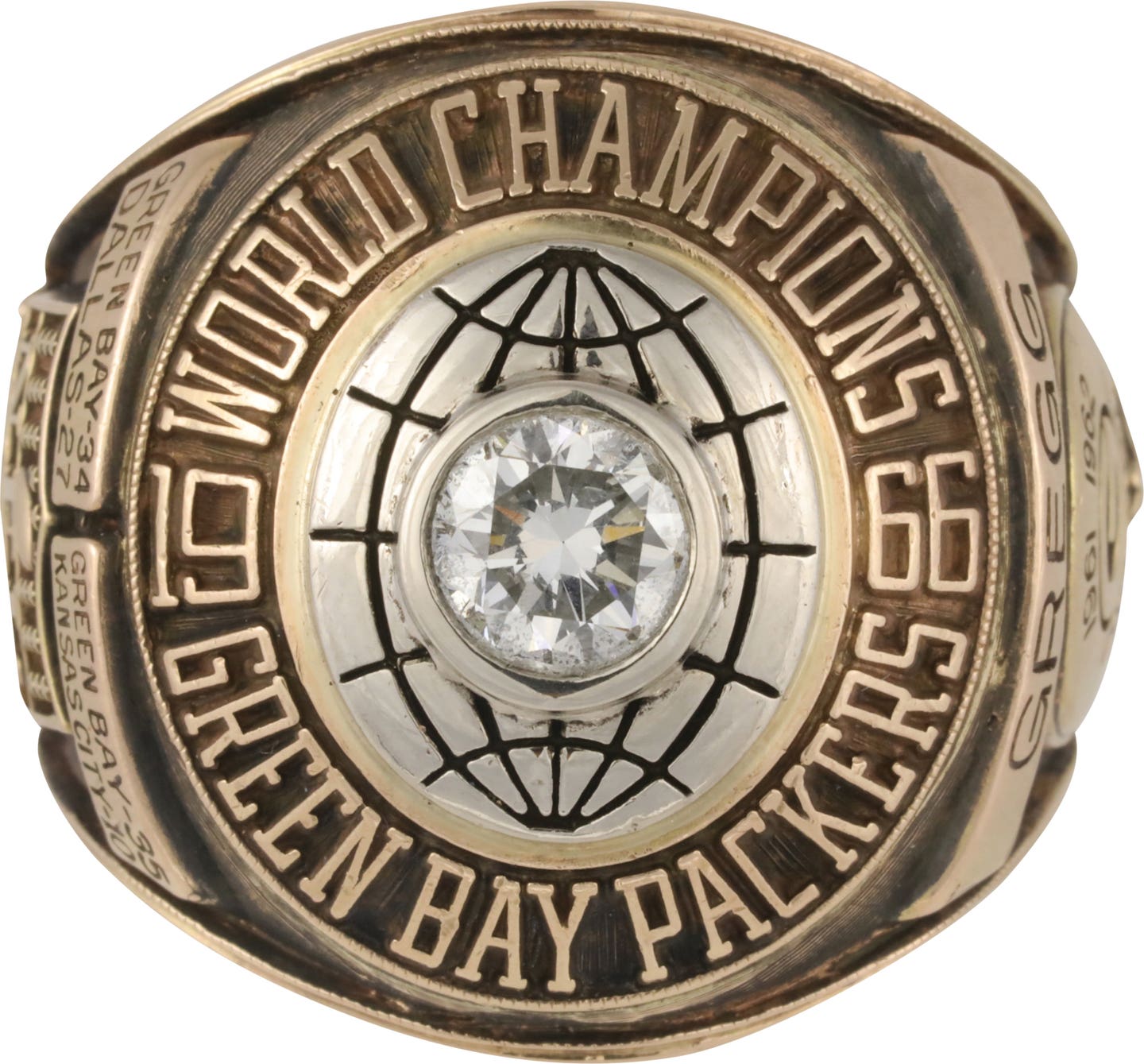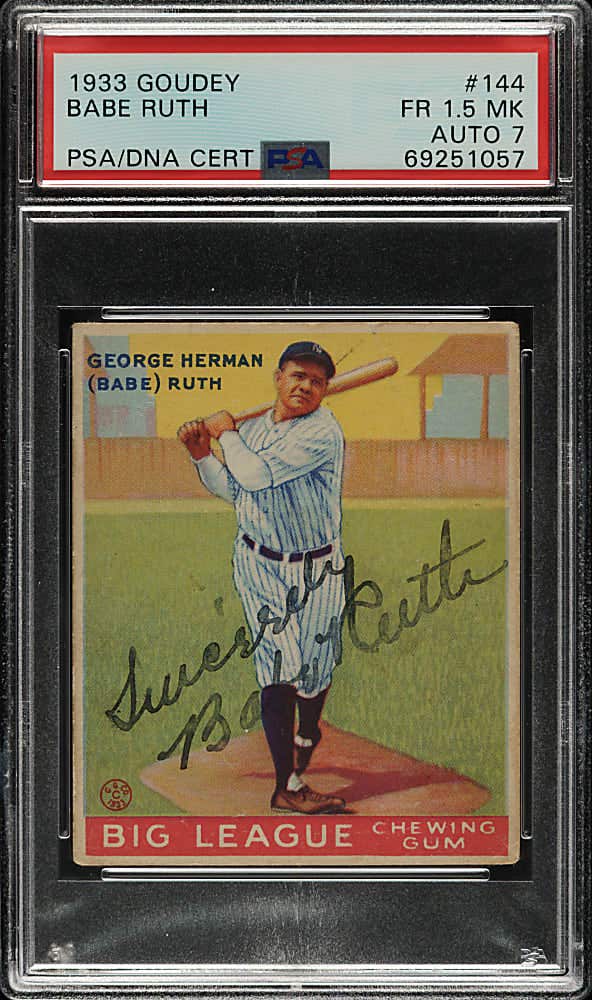Cards
Two For The Show – Topps 1955 Double Header set pr
Red, white and blue are more than just patriotic colors. They’re also the colors young kids associate with
Bazooka bubble gum. And in 1955, Topps supplied an additional lure, baseball cards, to the Bazooka Joe attraction.
A boy entering a store that year was sure to notice the box and its contents, and though the phrase “Double Header” appeared five times on each pack, its meaning was likely a mystery to a first-time buyer.
There was no confusion, however, when the boy saw the one-cent price. He plunged his hands into his pockets, withdrew two pennies and slapped them on the counter alongside his merchandise. Once outside, he separated the wrapper from the back of the first pack and dexterously slid a single card into his palm. The image before him was Hal Smith. Hal Smith? He fumed at his misfortune.
Then he noticed the card was folded over, with the upper portion stopping just above the knees of the bottom portion. He lifted the Baltimore backstop’s thighs and revealed ...Ted Williams. Euphoria coursed through the young fan. Fascinated by the card’s novelty, he folded it down ... Smith. Then back up ... Williams. Smith and Teddy Ballgame morphed several more times.
The boy tore open the second pack and found Ray Herbert. But by now he’d grasped the concept of the cards. He raised the top half – it hinged easily at the factory-formed perforation line – and transformed Herbert into the young Milwaukee slugger, Hank Aaron.
Elated beyond words, he pumped his fists into the summer air. He peeled back the treasure and couldn’t help feeling a little like the fictitious Count of Monte Cristo. Though his mother would disapprove, he dug again into denim pockets in search of more copper to purchase more treasure.
Two cards in one, two players sharing the same lower extremities, this was the premise behind the 1955 Topps Double Header set, one of the most unique and attractive issues of the vintage era.
The cards, similar in size and design to the 1911 T-201 Mecca Double Folders, offer an additional twist. By lining up the cards in reverse numerical order, the panoramic view of a complete stadium is revealed.
Today, many collectors happen onto the cards by accident – and learn of the unique two-for-one deal in opposite fashion of a pack-busting kid in 1955.
Sports card enthusiast John Scott Gray recalls his first Double Header sighting in a card shop display case.
“It was the Jackie Robinson/Don Hoak card,” he said. “The card was open so Jackie was showing, and being so respectful of his place in the game, I asked to have a closer look. It took me a few minutes to figure out the card was supposed to be folded, double the value for the money. I had to have it.”
The Robinson-with-Hoak card ($275 in NM, ungraded condition) is one of the pillars of the set. Williams w/Smith ($450) and Aaron w/Herbert ($400) book as the most lucrative Double Headers to own, while second-year cards of Al Kaline w/Harold Valentine ($200) and Ernie Banks w/Howie Pollet ($185) enhance the set’s place in the hobby. Banks, interestingly, is the only marquee player featured on the back of a card.
The key rookie is Washington slugger Harmon Killebrew. Killebrew’s Double Header card partner is Johnny Podres and together they form perhaps the best combination in the set. The tandem card lists for $250.
Three other highly sought-after cards are Warren Spahn/Tow Brewer ($150), Ted Kluszewski/Jim Owens ($60), and Bill Skowron/Frank Sullivan ($60). The latter card is aesthetically intriguing – Sullivan’s red stockings overlap Moose’s pinstripes.
The complete 1955 Double Header set books for $4,000.
Double Vision
Collectors familiar with the regular 1955 Topps issue will recognize certain elements in common with the Double Header set. All 132 Double Header players (featured on 66 total cards) also appear in the low-number print run of the regular Topps issue. Unfortunately, that means the Double Header set is every bit as noteworthy for those not included (Roberto Clemente, Duke Snider, and Willie Mays, to name just a few). Oddly, Sandy Koufax, the most valuable low-number card in the regular set, is a no-show in the Double Header release. Mickey Mantle’s striking image is also absent (no Topps contract) from both issues.
The player’s poses in the Double Header set should look quite familiar as well. Painted by a team of talented Topps artists, most of the poses are identical to the background action shots from the regular issue.
While this might sound unoriginal, it’s ultimately the gorgeous artwork of the Double Headers that visually separates the two sets. The Double Headers better evoke the aura and beauty of the era. The players are skillfully depicted, with backgrounds revealing grandiose ballparks, shadowy fans, bunting, box seats, warehouses and other stadium nostalgia. The players themselves are drawn as if ripped from the pages of a 1950’s comic book version of Bernard Malamud’s “The Natural.”
The artwork, however, isn’t the only noticeable difference. Professionally graded Double Header cards fetch up to 10 percent more than the same player with the same grade from the regular issue set. This can be attributed to collectors receiving a bonus player in their purchase, but that’s not the only reason. The truth is, the Double Header cards are much more scarce.
“I’ve been in business for 18 years, and when we buy collections, we rarely see the Double Headers,” said Craig W. Jones, owner of All-Star Cards. Jones believes that the ratio of DH cards to regular ’55 Topps cards lies somewhere between 1:10 to 1:20. He points to the PSA population report of graded cards for confirmation.
“That’s an incredibly small percentage of 9’s in the Double Headers,” Jones remarked.
Gray, a Michigan-based hobbyist, finds cards for his collection through online trading organizations like Vintage Card Traders and Old Baseball Cards. He, too, can attest to the scarcity of the Double Headers.
“The set has been on my active trading want-list for the past three years,” he said. “I have made over 2,000 card swaps during that time and have only been able to acquire a handful of the Double Headers.”
As rare as the cards are, they’re even tougher to locate in NM or better condition. Like a delinquent student, Double Headers submitted for professional grading often receive poor marks.
Why do the cards routinely score below expectations? Let Craig W. Jones count the ways.
The perforation – often referred to as the bend, fold or hinge – which streaks across the card almost halfway from the top, is the starting point for collector consternation.
“They could only be hinged back and forth so many times before the condition deteriorated,” Jones said.
The cards are meant to stay together; PSA won’t grade any that have been separated. But the perforation isn’t the only reason the cards are difficult to find in high-grade condition.
“The oversized card makes it much more condition sensitive,” Jones continued. “The corners were more susceptible to wear. Centering is also difficult because it’s a long card and there is only a small amount of border to inspect.”
Of course, not all collectors want their Double Headers slabbed and graded. “These cards have character,” Gray said, “and as long as you can recognize the player and appreciate their artistry, that character should include the love of children folding the cards over and over and over again.”
Penny Packs Aplenty
In a hobby full of ironies, the greatest regarding the scarcity of Topps Double Header cards is the frequency that unopened penny packs show up for grading. GAI Senior Pack Authenticator Keith Smith says he’s graded a surprising number of them. “There seems to be more ‘finds’ of the Double Header unopened packs,” he said.
Smith points out that the original distribution –125 packs per box – might be one reason.
“The penny packs arrive in fairly decent shape compared to most other unopened packs from the same era,” Smith said. “They don’t seem to have the wear and tear that you see in a regular five-cent pack.”
The packs are strikingly tiny. The card is folded inside the wax pack, leaving the purchaser to unfold the smaller card, thus revealing the over-sized player.
Over the years, Smith has developed his own theories as to why the Bazooka Double Header packs are so well preserved.
“For one, it’s folded differently,” he said. “Most packs pull and stretch at the corners, often the cards poke through. But the Double Header wrappers are rolled over the whole package, which seems to lessen stress at these trouble spots.”
Smith points to the color of the wrapper as another contributing factor. “A lighter colored wrapper shows less wear than a dark wrapper,” he said. “It also doesn’t hurt that there’s only one card inside.”
Graded Near Mint unopened Double Header wax packs consistently sell in the $125-$150 range.
The 1955 Topps Double Header set’s maiden voyage was also its last. Collectors see it now as a one-year wonder worthy of a first-class reserved spot in their collection. “Mr. Cub,” Ernie Banks, was fond of saying, “Let’s play two today!” Hobbyists have long put their own Double Header spin on that catchphrase: “Let’s collect two today!”
“I like how the cards are not what they originally appear to be,” John Scott Gray said, “but instead contain the surprise of more.”



